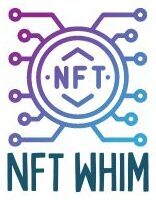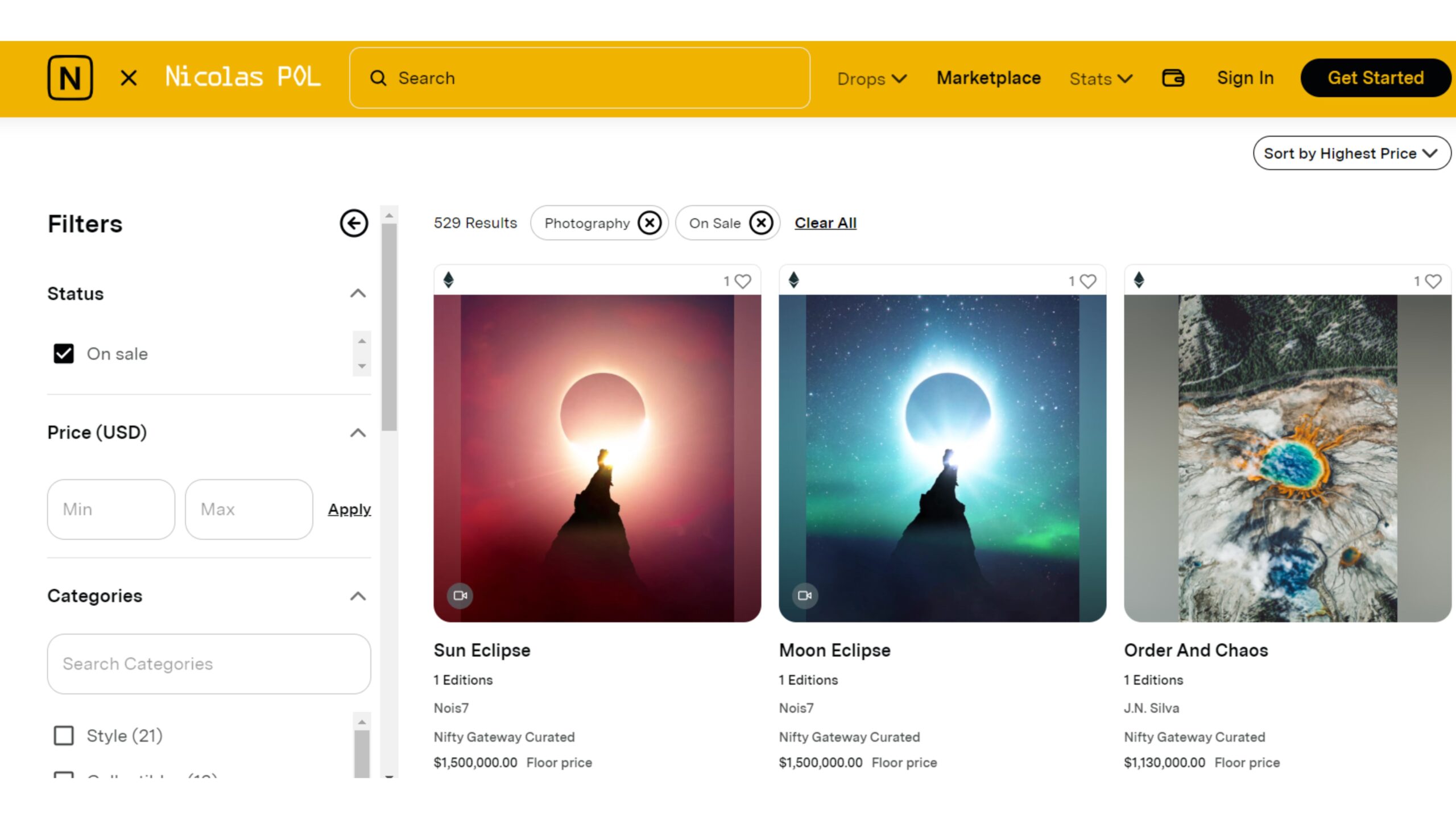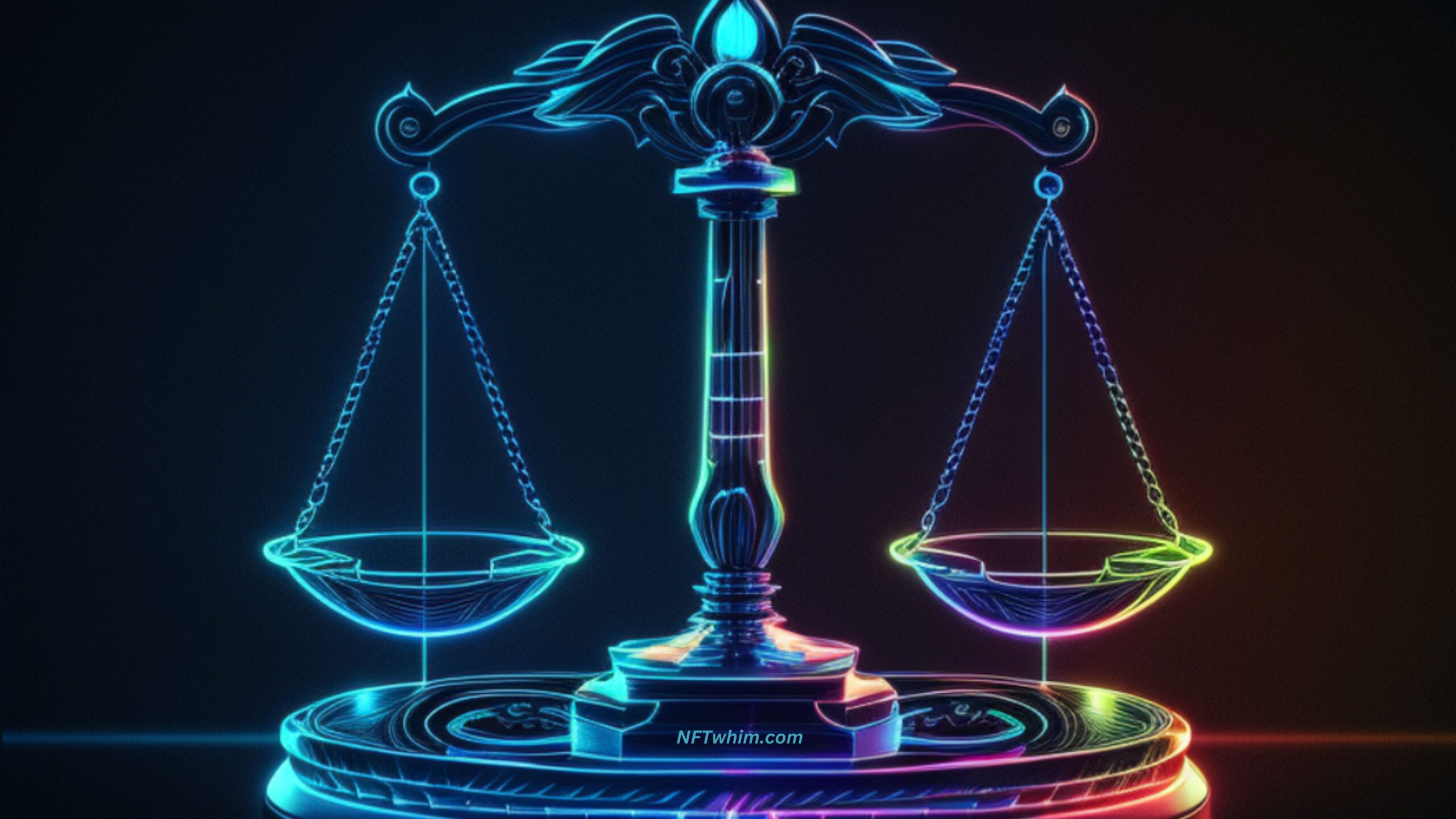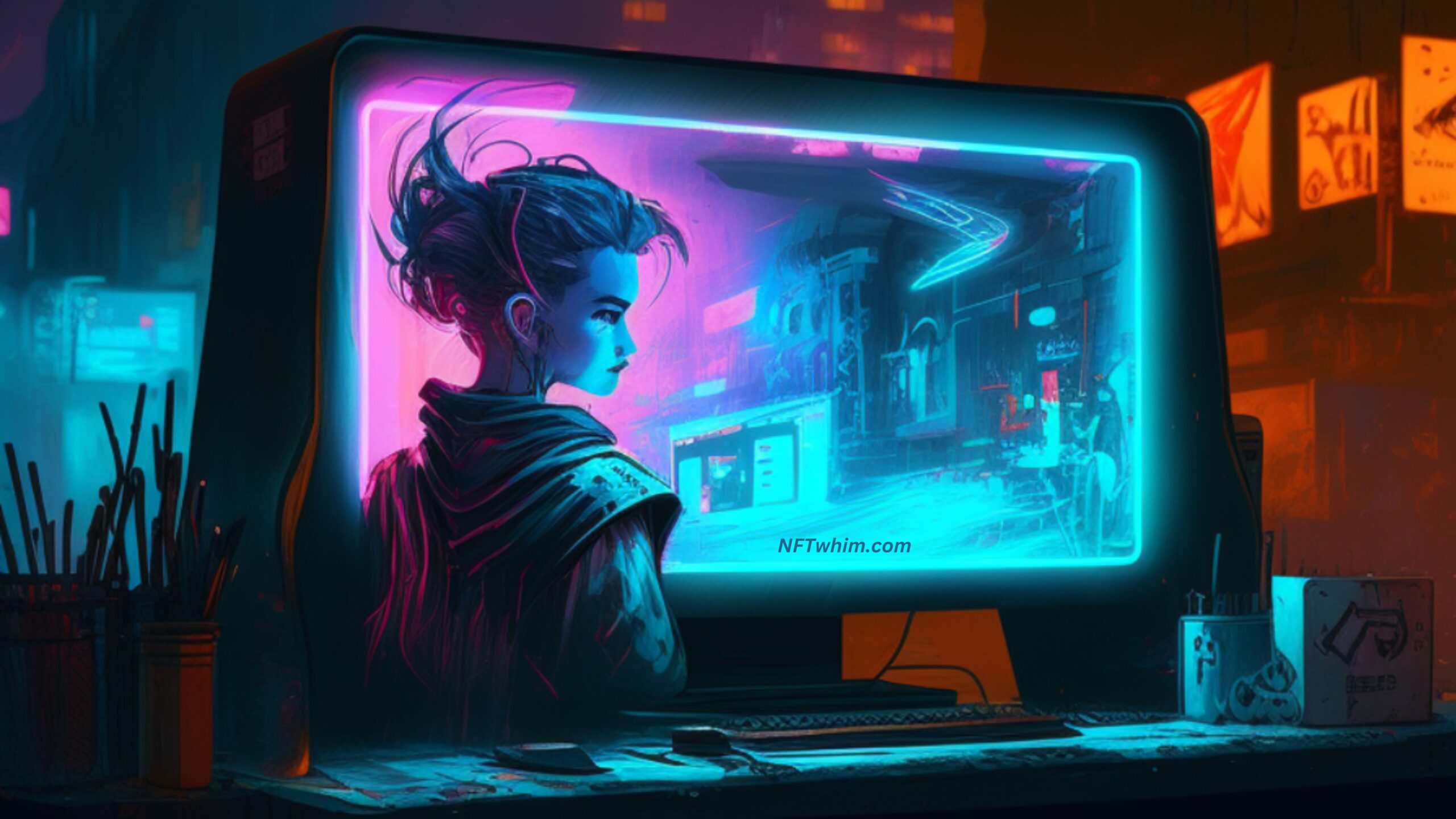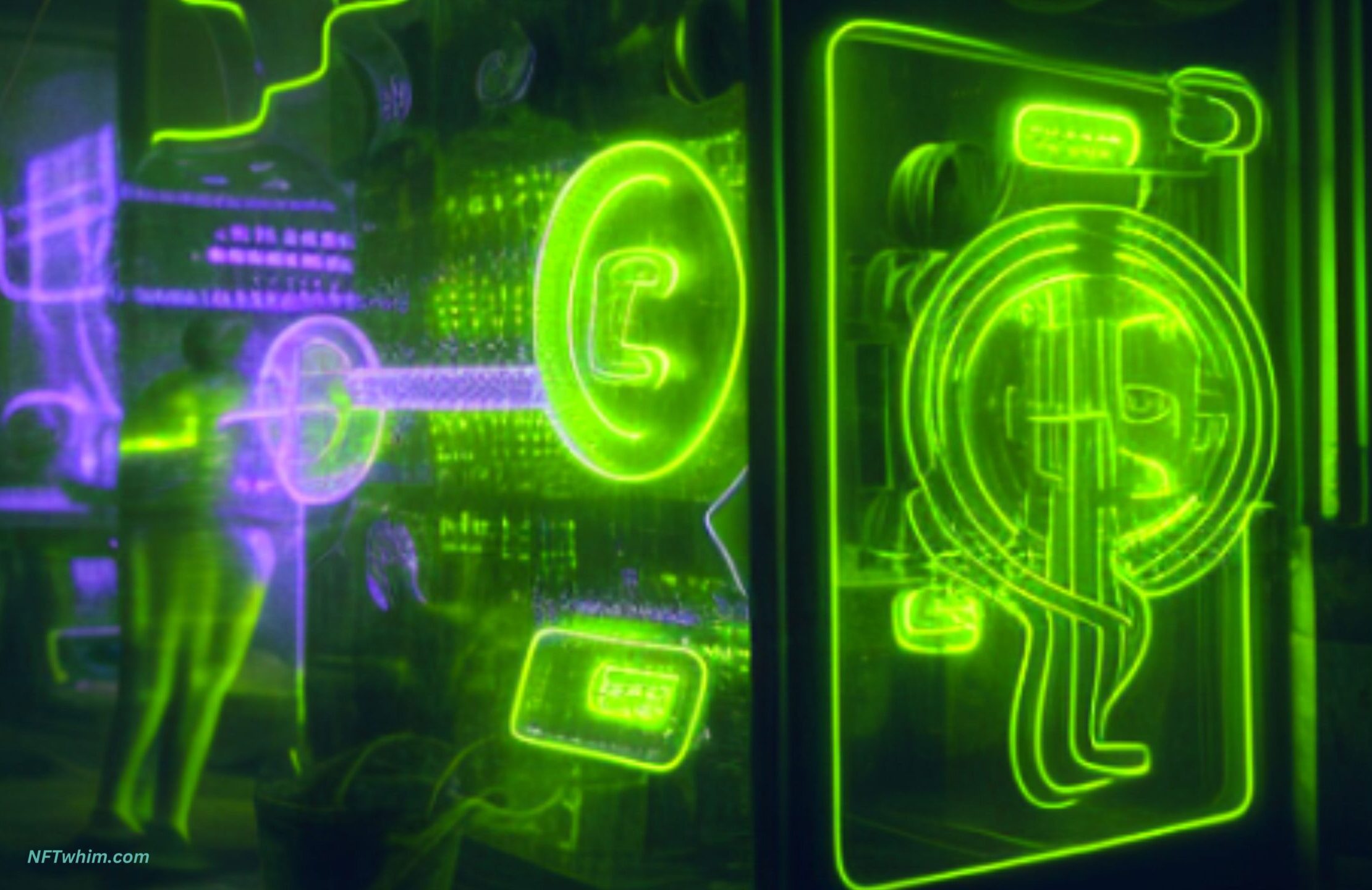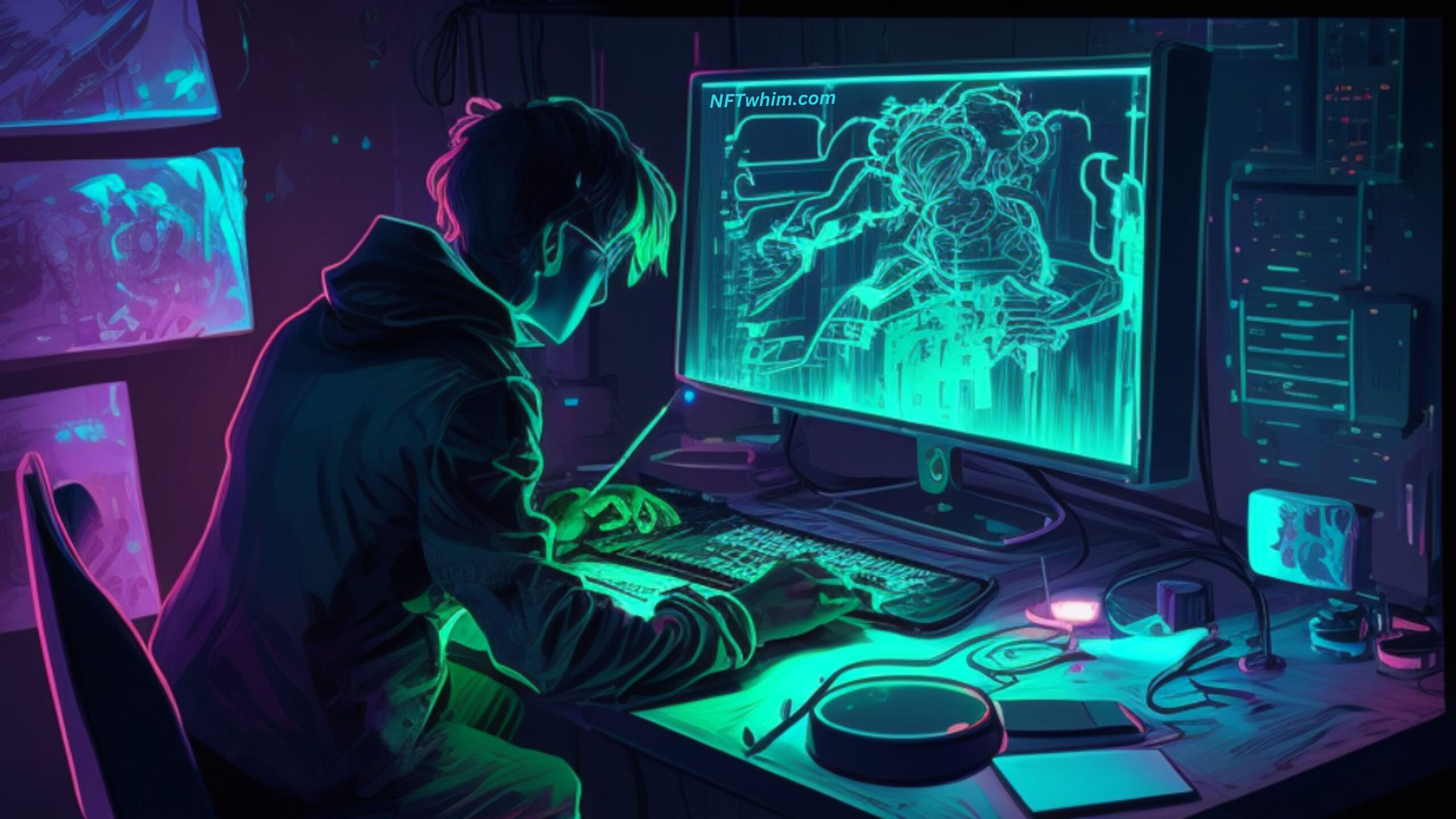As the market for non-fungible tokens (NFTs) continues to grow, many artists and creators are wondering what types of images they can sell as NFTs. In this blog post, we will explore what types of images can created and sold as NFTs, the legalities around making NFTs from certain images, and what factors can affect the value of the NFT-images.
Almost any type of image can potentially be sold as an NFT, including digital art, photography, screenshots, memes, gifs, and even emojis. However, it is important to consider legal implications before selling images as NFTs, including copyright and fair use, as well as obtaining necessary rights and permissions for images featuring recognizable people or locations. The value of an image as an NFT can be influenced by factors such as the quality of artwork, rarity, celebrity or historical significance, and image quality.
Let’s dive into the details now!
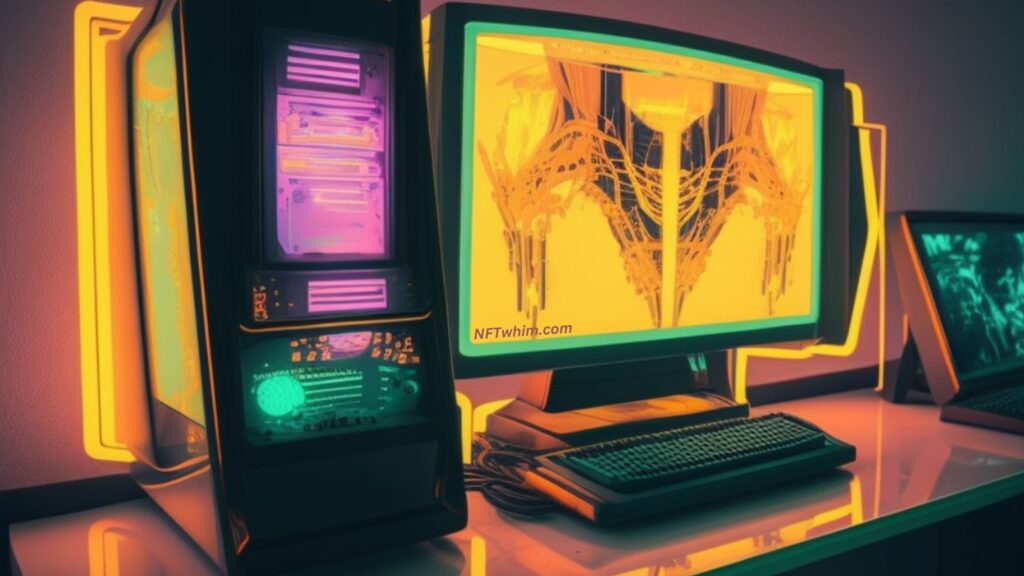
What types of images can be created and sold as NFTs?
So, what types of images are most suitable for the NFT market? While digital art and photography are obvious choices, there are other types of images that can also be sold as NFTs, including screenshots and even emojis.
Digital art is a popular choice for NFTs. Any type of art that is created digitally, or transformed into a digital image, can be sold as an NFT. This includes digital paintings, illustrations, 3D models, and more. Digital art has become increasingly popular in recent years, as technology has advanced and more artists have begun working digitally.
Photography is another type of image that can be sold as an NFT. Traditional photographs or digitally manipulated images can both be sold as NFTs, and there are already several well-known photographers who have entered the NFT market. Photographs that capture a unique moment or a specific emotion can be particularly valuable, as they may be difficult to replicate or recreate.
While screenshots may not be the first type of image that comes to mind when you think of NFTs, they can also be sold in certain circumstances. For example, screenshots of rare in-game achievements in video games can be valuable to collectors who want to own a piece of gaming history. Similarly, screenshots of unique social media interactions, such as viral tweets or Facebook posts, can capture moments that are fleeting and valuable to collectors who want to own a piece of internet history. However, it’s important to note that screenshots can be easily replicated and shared, which can make it more difficult to establish a sense of scarcity and exclusivity, which are key components of the NFT market. There are also legal issues to consider in this regard, such as copyright issues (more on that below).
In addition to the above types of images, almost any type of image can potentially be sold as an NFT. This includes memes, gifs, and even emojis.
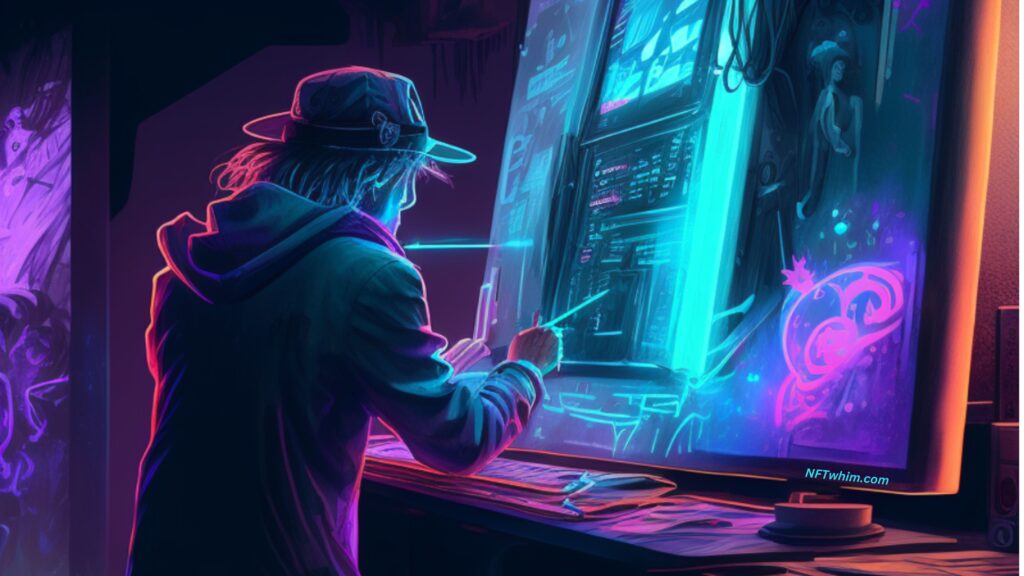
Legal considerations when selling images as NFTs
When it comes to selling images as NFTs, it’s important to consider the legal implications of doing so. One of the most important considerations is copyright law. Any image that includes copyrighted material, such as an image or text from a website, could potentially infringe on the copyright holder’s rights. To avoid this, it’s important to obtain the necessary rights and permissions before selling an image as an NFT.
Fair use is another legal consideration that should be taken into account. Fair use is a legal principle that allows for the limited use of copyrighted material without permission from the copyright holder, under certain circumstances. For example, using a screenshot of a movie or video game in order to provide commentary or criticism may be considered fair use. However, it’s important to note that fair use is a complex and often controversial issue that can vary depending on the specific circumstances.
In addition to copyright and fair use, images that feature recognizable people or locations may also be subject to publicity and privacy rights. Publicity rights protect a person’s image and likeness from unauthorized commercial use, while privacy rights protect an individual’s right to privacy. If an image includes recognizable people or locations, it’s important to obtain the necessary rights and permissions before selling it as an NFT.
It’s worth noting that the legal landscape surrounding NFTs is still developing, and it’s important to stay up-to-date with any changes or developments in the law. Working with an attorney who specializes in intellectual property and digital assets can help ensure that you’re selling your images legally and responsibly. By taking these legal considerations into account, you can help ensure that your NFT sales are not only profitable but also legally sound.
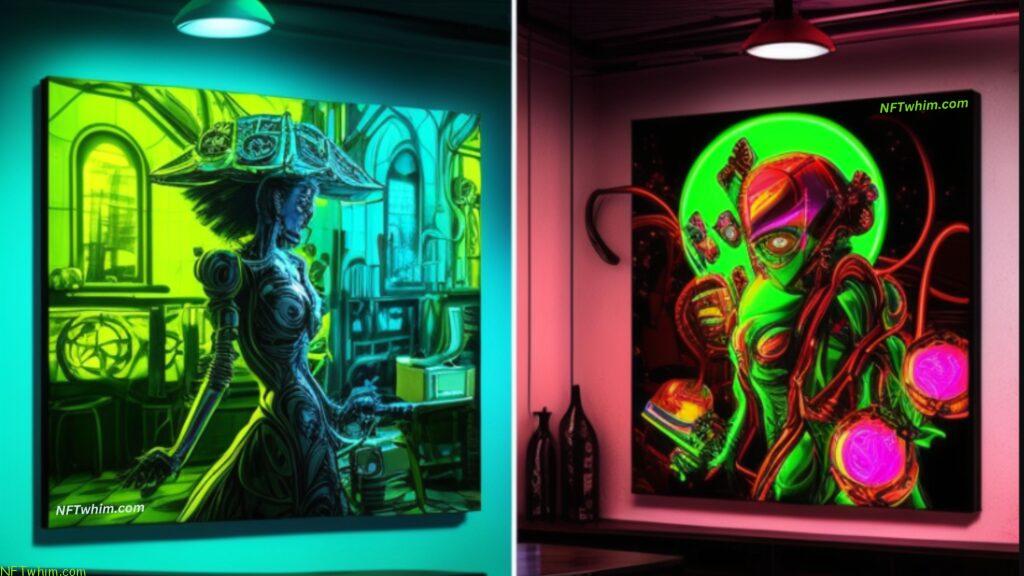
Factors that can affect the value of an image as an NFT
Quality of the Artwork
The quality of the artwork is undoubtedly a crucial factor when it comes to the value of an image. If an image portrays a work of art, it’s only natural that the quality of the artwork would play a major role in its value. However, it’s important to note that quality isn’t always the deciding factor. There have been instances where NFTs have sold for exorbitant prices despite being of low quality. This is usually due to the hype surrounding the NFT, the artist, or the community that supports it.
Rarity
Rarity is a significant factor in determining the value of any collectible, and NFTs are no exception. Rarity can also be created by limiting the number of NFTs available for sale.
Celebrity or Historical Significance
Images that capture significant moments in history, or feature well-known celebrities or public figures, can also be highly valuable as NFTs. For example, an image of a President’s inauguration or a candid photograph of a famous musician can be highly sought after by collectors. The value of such images often goes beyond the artwork itself, and is based on their cultural and historical significance.
Image Quality
The quality of the image itself is also an important factor to consider. High-resolution images with excellent composition and lighting can be more valuable than lower quality images. In some cases, the level of detail in the image can also affect its value. For example, an image that requires a high level of technical skill or artistic ability to create can be more valuable than a simpler image.
The Creator
The creator of an image can also significantly impact its value as an NFT. If the creator has an established reputation or is well-known within a particular community, their images may be more valuable to collectors. The creator’s reputation can be based on their artistic ability, their past works, or even their social media following. In some cases, the creator may also be able to leverage their reputation and create hype around an NFT, thus increasing its value.
Hype
The hype surrounding a particular NFT image collection can also significantly impact its monetary value, at least in the short term. Hype can be generated by several factors, such as the popularity of the artist, the rarity of the image, or the perceived potential for future value. In some cases, the hype around an NFT can result in an artificial increase in value, with buyers willing to pay exorbitant prices to be part of a particular craze.
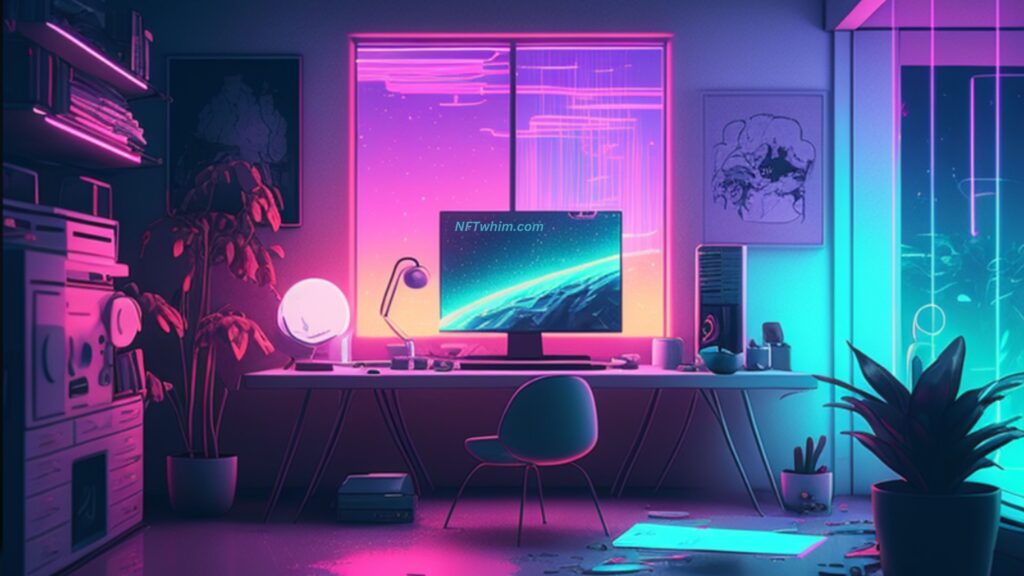
Conclusion
In conclusion, almost any type of image can potentially be sold as an NFT. Digital art, photography, screenshots, and even memes can all be valuable to collectors. However, it’s important to consider factors such as rarity, quality, and celebrity or historical significance when determining the value of an image as an NFT. Additionally, it’s important to ensure that any images being sold as NFTs do not infringe on any copyright or publicity rights.
Robin
Author: Robin Olsson
Author Bio: I’m Robin and on this website, I share everything I’ve learned since getting into NFTs in 2021. I have a background in research and I’ve been in crypto for several years. You can read more about me here.
